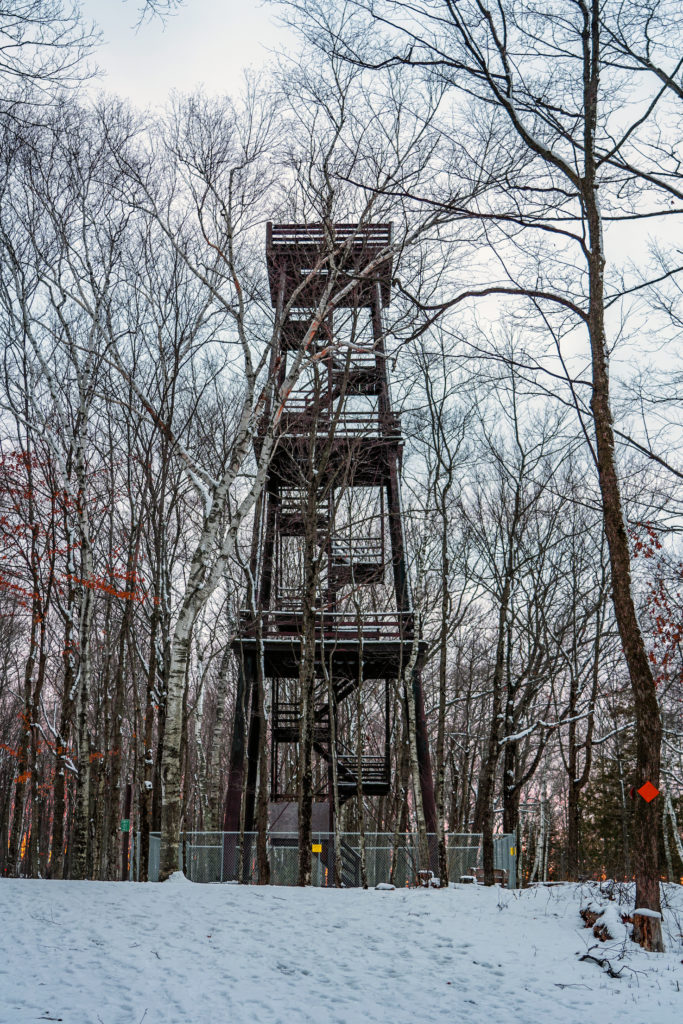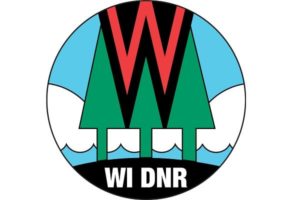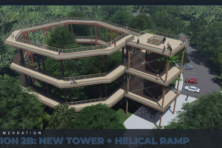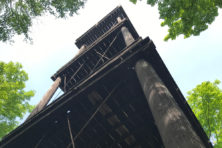Push to Restore Potawatomi Tower Includes New Survey
- Share
- Tweet
- Pin
- Share

A survey that the Wisconsin Department of Natural Resources (DNR) has opened until Feb. 13 asks members of the public whether they want to restore the Potawatomi State Park observation tower and add a helical ramp, or build a new tower with a helical ramp.
It doesn’t ask whether the historical tower should simply be restored – the remedy that local residents, organizations and municipalities have asked for since the DNR closed the tower in 2017 due to structural concerns.
“Their survey doesn’t reflect the urgency we have in getting the tower restored now to prevent further decay,” said Kelly Catarozoli, a board member of the Sturgeon Bay Historical Society Foundation (SBHSF).
“Having a tower is great, but having an historic tower is the point,” said Dave Allen of the Potawatomi Tower Alliance (PTA).
The SBHSF and PTA remedied the issue by partnering on their own survey, which can be accessed at sturgeonbayhistoricalsociety.org. Their survey offers the same choices as the DNR’s, but it adds the third option of restoring the tower and provides a space for comments.
The DNR’s conceptual designs for the tower were made public Jan. 14 during a virtual presentation by the state’s consulting firm, Grāef. That recommended design was a new tower with a 1,300-foot helical ramp at a cost of $5,943,326. Grāef’s second option was to repair the existing tower and add the helical ramp at a cost of $6,058,800.
Whichever one of those two options receives the most votes on the DNR survey will be the one included in Gov. Tony Evers’ budget, DNR parks director Steve Schmelzer said during the Jan. 14 presentation.
“They basically said, ‘A or B, and we’ll put it in the budget’ – and it did not include the lowest-cost option to restore the tower now and prevent further degradation,” Allen said.
The Grāef report showed the tower could be restored at a cost of $1.6 million. That’s much more than the $250,000 the 2018 Wood Research and Development report estimated it would cost to restore the tower – an estimate that’s been adjusted to $500,000 to allow for inflation and additional structural degradation. Yet in all cases, it’s less than the $6 million options the state is recommending.
“It makes no financial sense to spend $6 million when you can spend half a million,” Allen said.
The 1931 tower is listed on the National and State Registers of Historic Places, and its historic renovation does not require the addition of ADA accommodations. If the DNR wants to include ADA accessibility options – which it has long stated it does – the SBHSF and PTA said it could do so after it saves the tower.
“Whatever they want to do in the future for ADA accommodations is up to them, but we’ll have no tower to work with if we wait that long,” Catarozoli said.
“We don’t believe there’s a high probability that the legislature will vote for either of those [DNR] options, and if they do, it will take so long [that] it will be unrestorable by that point,” Allen said. “They want to obfuscate and delay until the tower is not restorable.”
The SBHSF/PTA survey will close Feb. 12, with the results sent to the DNR as well as to the governor – if they can get those to him.
“We don’t know if he has heard the voice of the people or if he’s being fed the filtered DNR process,” Allen said. “We really want to know what he knows. Sit down with us and tell us why there’s such a push for spending $6 million and perhaps letting the tower fall down.”





